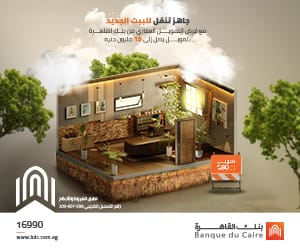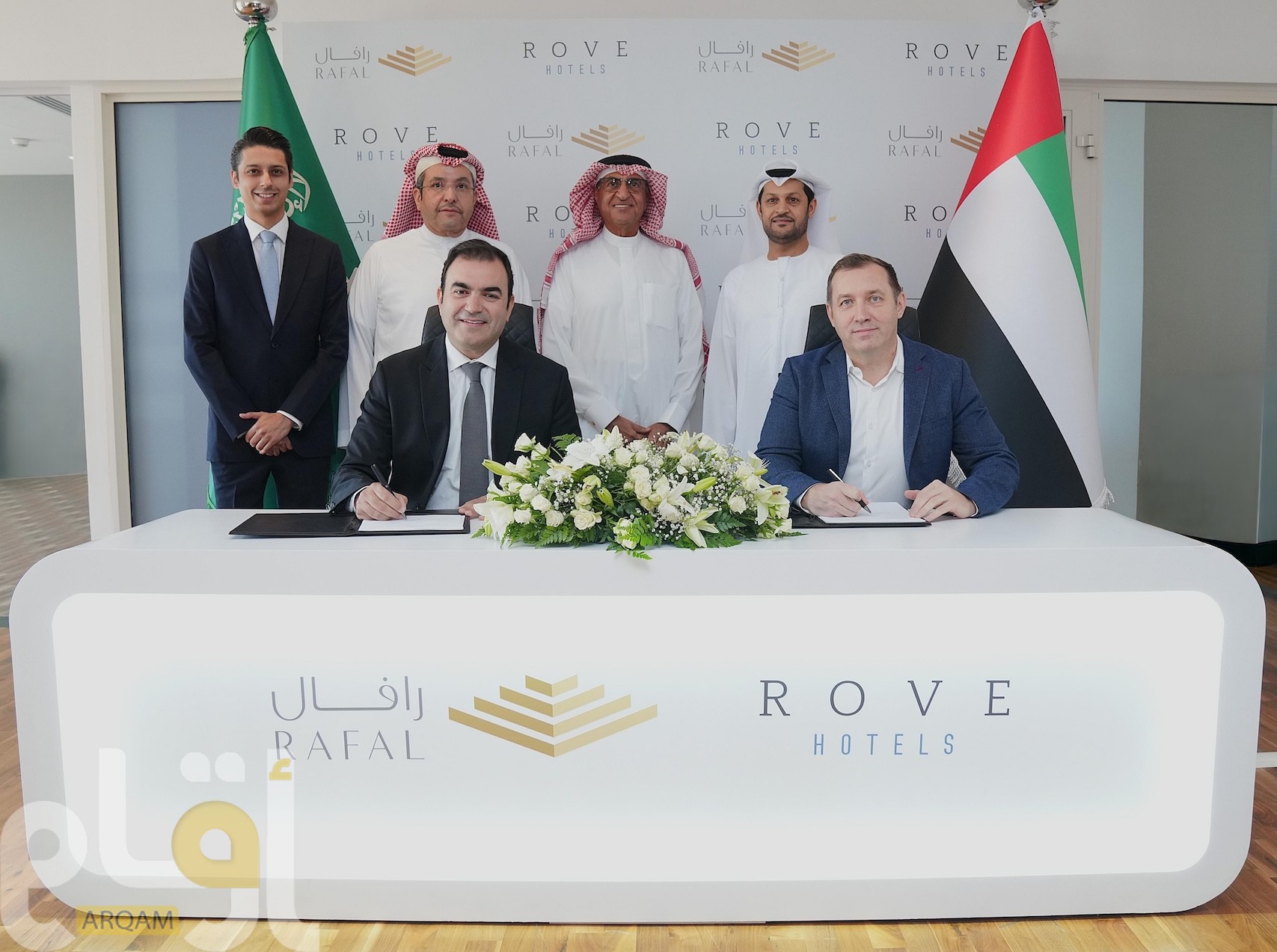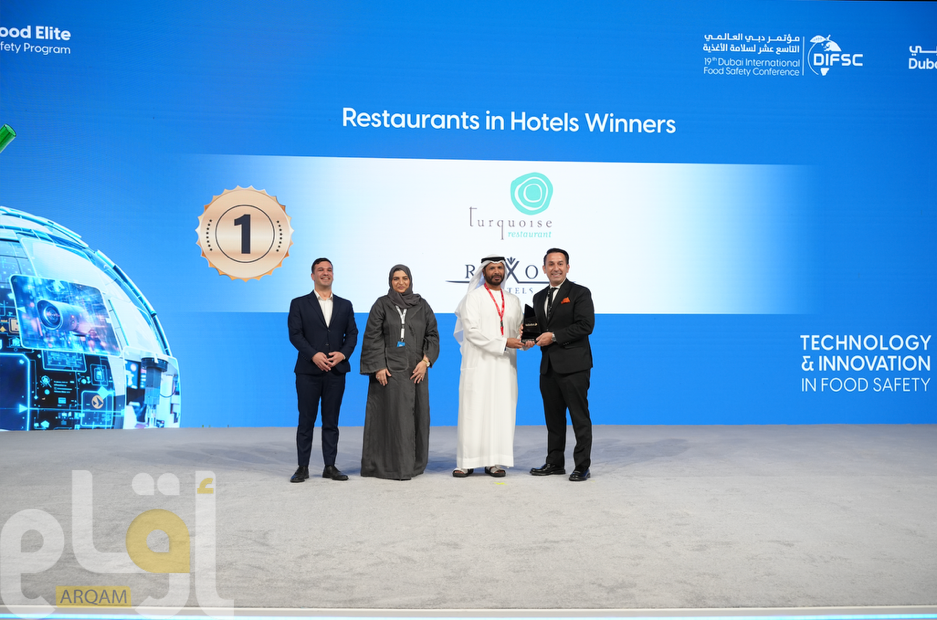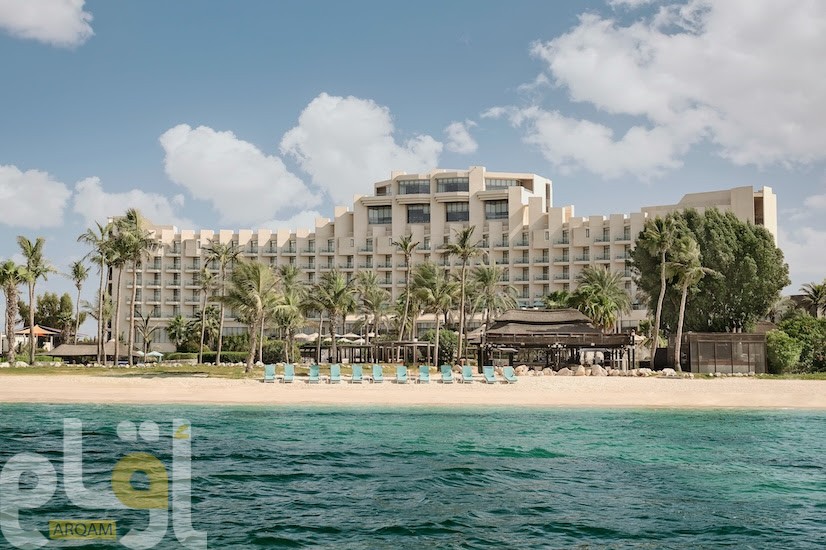hestertons MENA has released new research outlining the latest trends shaping Dubai’s commercial real estate sector. The market continues to register strong demand for Grade A office space, high occupancy levels across prime districts, and increasing investor appetite for mixed use and logistics focused assets. The sector is being further supported by rising rental values, strong economic fundamentals, and a limited new supply pipeline.
An Evolving Market
Dubai’s commercial property landscape has witnessed a significant shift over the past five years, characterised by tightening supply and consistent occupier demand. Prime districts such as DIFC, Business Bay, and Dubai Internet City continue to lead the market, with rent growth outperforming regional peers and occupancy levels surpassing pre 2020 benchmarks.
In Q2 2025, average office rents across Dubai reached approximately AED 190 per square foot, reflecting a 22 percent year on year increase. Demand remains broad based, with relocations from multinational companies, expansions within professional services, and heightened activity in regulated sectors driving absorption. Business services accounted for nearly 40 percent of new office requirements in early 2025, consistent with wider market indicators that place this segment at approximately 38 percent for the first half of the year.
Emerging micro markets such as JLT, Barsha Heights, Dubai South, MBR City, and Dubai Harbour are experiencing a rise in enquiries from technology firms, digital media companies, e commerce operators, and logistics occupiers. Their appeal is underpinned by value driven leasing opportunities, scalability, and strong infrastructure connectivity.
Shifts in Workplace Expectations
Evolving workplace habits continue to reshape demand patterns. Hybrid working models have accelerated the need for fitted and furnished spaces, flexible layouts, co working environments, and serviced office solutions. Many landlords are offering turnkey workspaces with shorter lease structures to reduce lead times and enhance convenience for tenants.
Quality of space and wellness related features have also grown in importance. Developers are incorporating natural lighting, biophilic design elements, improved air filtration, and amenity rich facilities including cafés, gyms, wellness areas, and outdoor breakout zones. Smart building technology, digital room booking systems, and high quality video conferencing infrastructure have become standard requirements in premium commercial assets.
Investor Appetite Strengthens
Investor confidence in Dubai’s commercial real estate continues to build, supported by strong foreign direct investment, ongoing policy reforms, and the city’s expanding global business profile. Grade A buildings are witnessing significant interest due to limited availability and resilient rental performance. Grade A occupancy currently stands at approximately 95 percent, while overall citywide occupancy is close to 92 percent.
The supply pipeline remains relatively constrained in the short term, with only about 0.89 million square feet of new office stock expected in 2025. This figure is projected to rise to roughly 2.3 million square feet in 2026 and over 4.1 million square feet in 2027. Continued tightness in upcoming supply is expected to support rental stability and competitive positioning for well located premium assets.















